- Category
- War in Ukraine
How Ukraine is Destroying the Landing Potential of the Russian Fleet, With 8 Ships Sunk or Damaged

Russia is gradually losing its Black Sea fleet, specifically it’s large landing ships in the Black Sea, completely negating the possibility of conducting any landing operations.
At the beginning of the full-scale invasion, Russia considered using its Black Sea Fleet to carry out a landing operation in the Odesa region. In the winter of 2022—before the full-scale invasion began—six large landing ships were transferred from its Baltic and Northern fleets to the region.
Many media outlets claim that the Russian fleet sought opportunities to land in the Odesa region throughout March. In one attempt, several Russian fighter jets meant to provide cover for sea-to-land operation, were shot down by Ukrainian forces. Ukraine was anticipating the operation and deployed its domestically produced Neptune anti-ship systems along the coast to thwart the attack—later receiving Harpoon systems from its partners.
Despite efforts, Russia was unable to Capture Odesa. Experts cite several reasons why:
Lack of Surprise: The transfer of additional landing ships to the Black Sea was known in advance.
Lack of Air Dominance: Despite a tenfold advantage in aviation at the beginning of the full-scale invasion, the Russian Air Force never became a dominant force in the Ukrainian skies.
Lack of a Land Corridor: It was expected that the Russian army would quickly capture Kherson, then Mykolaiv, and reach the borders of the Odesa region. In such a case, the landing would have created a second front in Odesa. By failing to capture Mykolaiv, Russia could not isolate Odesa sufficiently enough to provide the support needed for an invasion from the Black Sea.
Though Russia never gained maritime superiority and was never able to carry out a ground landing from sea, it continued to have a strong presence in the Black Sea. To secure itself from future attacks, Ukraine set out to destroy all Russian Landing Platform Docks (LPD), and ultimately destroyed over half of them:
Destroyed or critically damaged:
Saratov (Tapir-class)
Minsk (Ropucha-class)
Novocherkassk (Ropucha-class)
Tsezar Kunikov (Ropucha-class)
Konstantin Olshansky (Ropucha-class)
Azov (Ropucha-class)
Yamal (Ropucha-class)
Damaged:
Olenegorsky Gornyak (Ropucha-class)
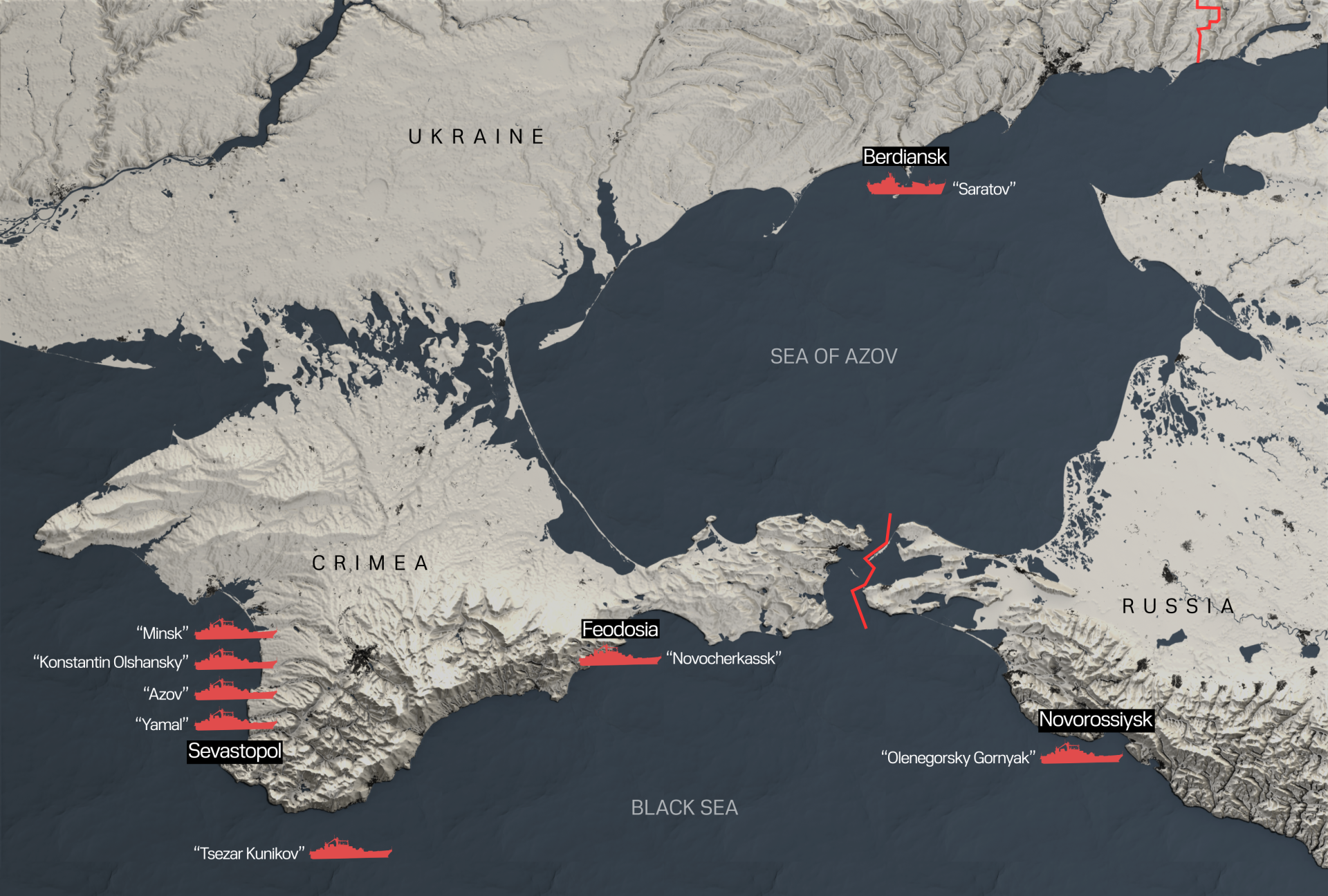
Capabilities of These Ships:
*approximates - all capabilities are based off of open source information:
Ropucha-class: 10 main battle tanks and 340 troops or 12 APCs and 340 troops.
Tapir-class: 300–425 troops and 20 tanks or 300–425 troops and up to 45 APCs.
Based on available data, Ukraine has destroyed Russia’s ability to land over 3,000 soldiers and more than one hundred tanks—should it attempt an invasion from sea.
How were the LPDs destroyed?
Two ships were destroyed and sunk using Ukrainian-developed naval drones. All others were hit by missiles: five by Storm Shadow/SCALP missiles and one by the Ukrainian Neptune Anti-Ship Missile.
This is a clear example of how Ukraine can skillfully use European weapons to destroy military targets within the range of long-range missiles. Thanks to Storm Shadow/SCALP missiles, Ukraine has managed to deliver other serious blows to Russia’s naval forces, for example, by destroying a submarine that served as the headquarters of the Black Sea Fleet's naval command.
Despite its use of S-300 and S-400 installations in Crimea, Russian air defenses are not impenetrable, and many of Ukraine’s launches reach their targets. The more long-range weapons Ukraine receives, the sooner it can clear the Black Sea and restore its safety.
In addition to long-range weapons, Ukraine is also anticipating the transfer of F-16 and Mirage-2000 aircraft’s, which would significantly strengthen its capabilities in launching future attacks.
Naval drones are a separate achievement of Ukraine’s technological and defense sectors. The drones are inexpensive and quickly assembled, allowing them to be sent into combat missions in high volume. They are especially effective against LPDs, patrol ships, and helicopters, which do not always have the necessary defense systems to protect themselves against them.
Who else is in the game?
Only two large landing ships remain in service with the Black Sea Fleet. Five additional ships have been transferred from the NS Northern and Baltic Fleets, one of which has been damaged:
"Nikolai Filchenkov" (Tapir-class), Black Sea Fleet of the Russian Federation
"Orsk" (Tapir-class), Black Sea Fleet of the Russian Federation
"Petr Morgunov" (Tapir-class), Northern Fleet of the Russian Federation
"Korolev" (Ropucha-class), Baltic Fleet of the Russian Federation
"Kaliningrad" (Ropucha-class), Baltic Fleet of the Russian Federation
"Georgiy Pobedonosets" (Ropucha-class), Northern Fleet of the Russian Federation
"Olenegorsky Gornyak" (Ropucha-class), Northern Fleet of the Russian Federation / damaged
Conducting any landing operations is currently considered impossible for Russia, not only due to the lack of landing ships but also due to the development of Ukrainian’s fleet of naval drones. LPDs are slow and large, while naval drones are fast and manoeuvrable, making them easy prey.
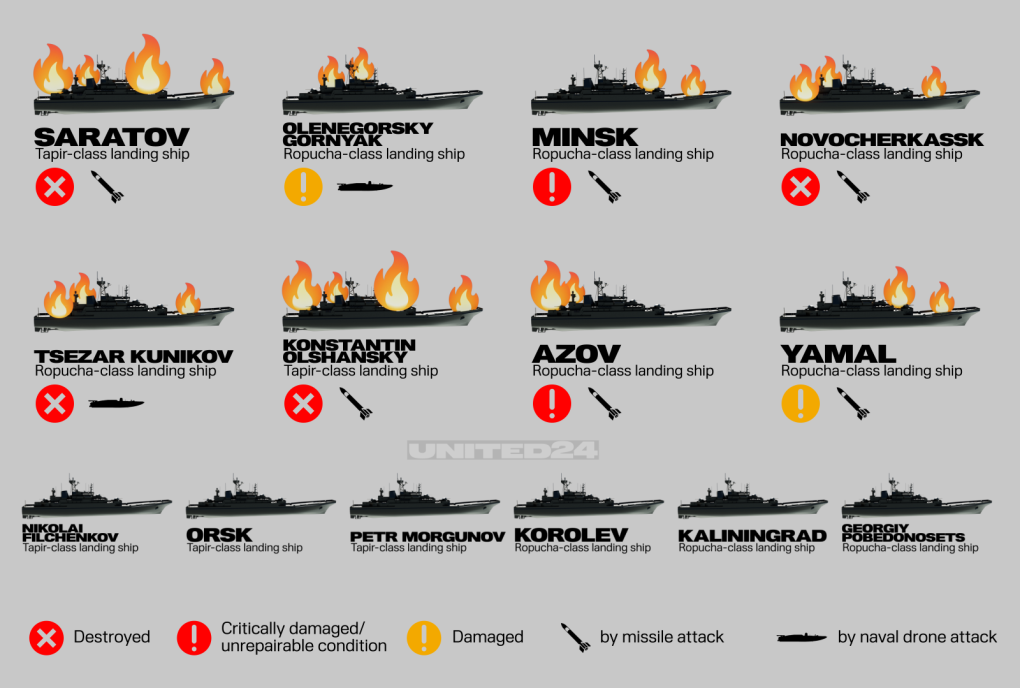
Although there is no intelligence to suspect current landing operations are planned, Russian LPDs remain an important target for Ukraine. They transport Russian troops from mainland Russia to Crimea, acting as ferries for their forces. This is crucial considering that the Crimean bridge is a significant target for Ukraine. In the event of the bridge’s destruction by Ukraine, LPDs will become one of the logistical elements for Russia’s transporting of goods and troops to the Crimean peninsula.
To protect what remains of its landing fleet, Russia has withdrawn the shipsdeep into the Azov Sea ohides them in ports. This is a stark contrast to the situation two years ago when Russia proudly paraded their fleet off the shores of Odesa. Although two years ago, the Russian army planned a landing operation in the Odesa region.
-29a1a43aba23f9bb779a1ac8b98d2121.jpeg)
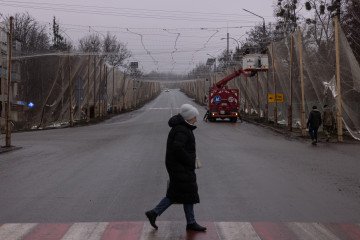
-f88628fa403b11af0b72ec7b062ce954.jpeg)
-b63fc610dd4af1b737643522d6baf184.jpg)

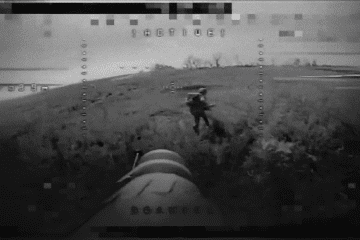
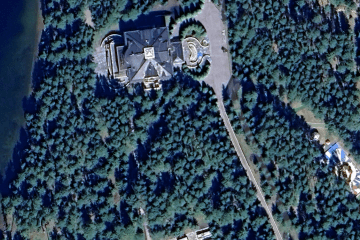
-24deccd511006ba79cfc4d798c6c2ef5.jpeg)